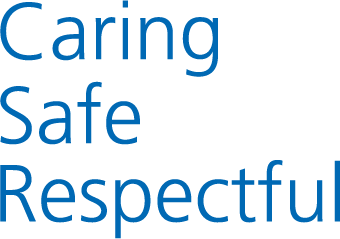Swallowing is a very complicated process that we don’t really think about. It uses many different nerves and muscles to control food, drink, medication and saliva as they pass through our mouth, down our throat, into the food pipe and into our stomach. At the same time, protecting our airway so nothing goes the “wrong way” into our windpipe. To see how the swallow works, watch this short video
Dysphagia is the term used to describe eating, drinking and swallowing difficulties. Some people may have problems swallowing certain types of food, drinks or both. Some people may not be able to swallow at all. There are many causes for swallowing difficulties, some of these include:
- Neurological event such as stroke
- Neurological disease such as Parkinson’s Disease, Motor Neurone Disease, Dementia
- Respiratory disease such as Chronic Obstructive Airways Disease
- Head and neck cancer
- Some congenital or learning disabilities
- Normal aging process
Someone with swallowing problems may experience food or drink going the wrong way into their windpipe. If small pieces of food or drink go into the lungs, this can cause pneumonia known as aspiration pneumonia. Choking is caused by a larger piece of food partially or completely blocking the windpipe. Both of which require urgent medical attention.
To hear more about dysphagia, watch this short video
To see an example of swallowing difficulties, watch this short video
What are the signs of dysphagia?
Some signs of swallowing difficulties include:
- Coughing or throat clearing whilst eating or drinking
- Choking
- Sensation of food is stuck in throat or chest
- Wet or “gargly” sounding voice whilst eating or drinking
- Persistent drooling of saliva
- Being unable to chew food properly
- Refusal to eat/drink
- Weight loss
- Repeated chest infections
If swallowing difficulties are not managed, this may lead to other complications such as dehydration, malnutrition, pneumonia and reduced quality of life.



